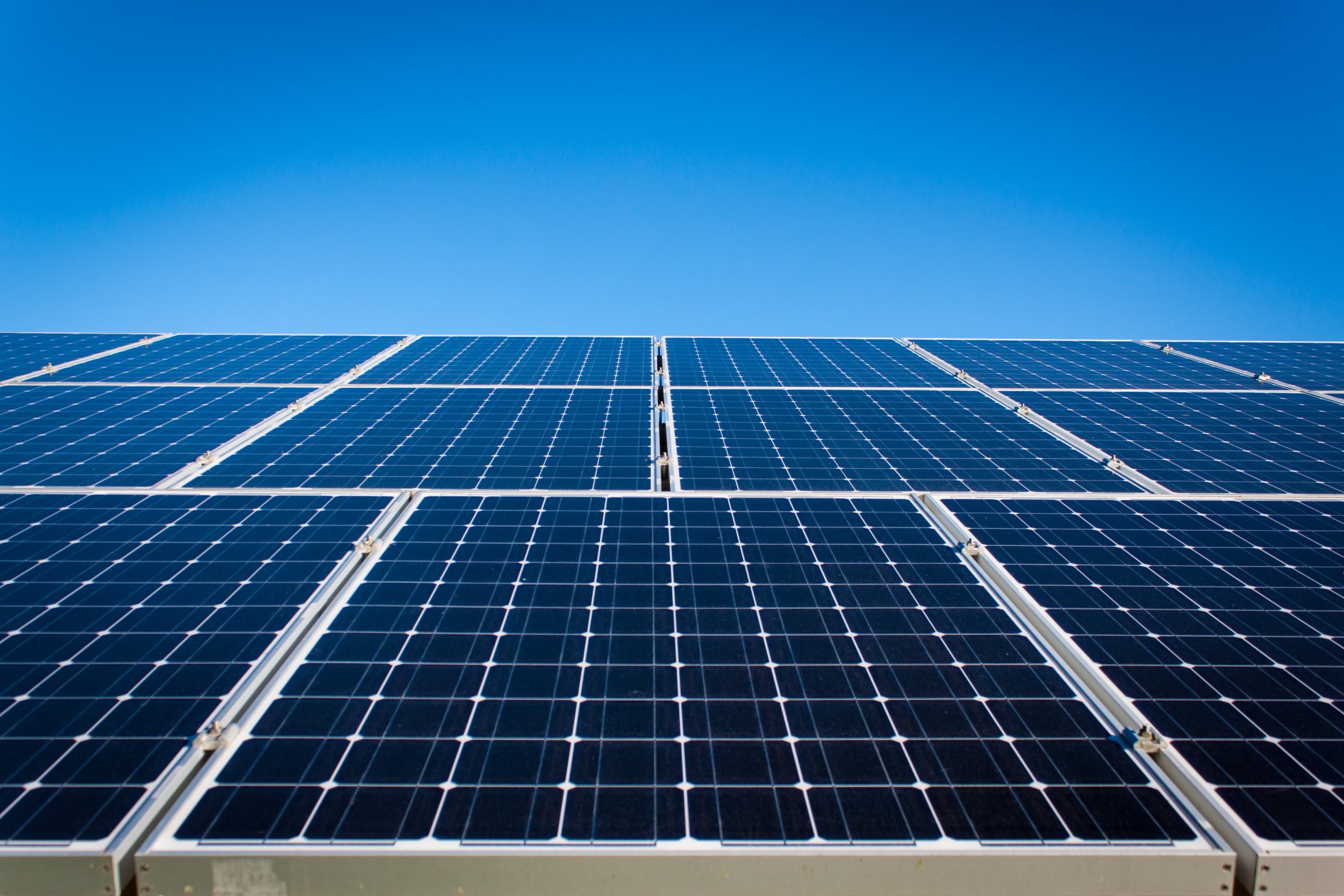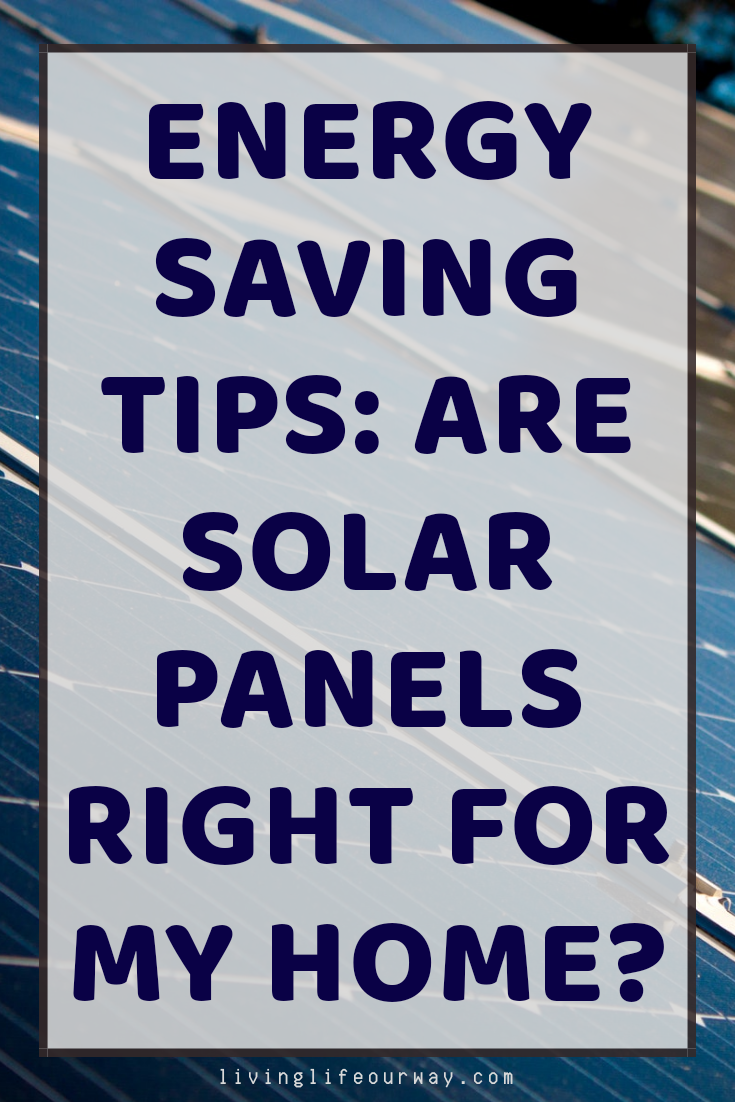On paper, the prospect of using solar panels – otherwise known as solar photovoltaic or solar PV panels – to meet your home’s energy needs looks very promising. Imagine always having a stream of free electricity on tap, with its availability affected only by the sun.
This is the ideal, anyway – but, in practice, not all of this would be borne out. There are various issues to consider if you are undecided about whether to opt for the purchase and installation of solar panels.

Do you have a suitable roof?
Thinking about whether or not to have solar panels fitted could essentially be pointless if your roof wouldn’t be suitable for them anyway. You should rule out solar panels for a north-facing roof, as it won’t get enough direct sunlight, warns the Energy Saving Trust.
Your roof also needs to be sufficiently strong to hold up PV panels,as they are heavy, Which? cautions. A roofing North East firm could strengthen your roof if you live in the local area.
Do you primarily aim to save carbon or money?
People tend to decide on solar panel installation due to the possibility of trimming the household’s greenhouse gas emissions or its financial expenditure on energy.
In your case, you need to decide which of the two is more important to you. Though you could yearly save as much as two tonnes of carbon, the financial savings are not always so clear-cut, as the installation would typically cost over £5,000 and so could take a disconcerting while to pay for itself.
The feed-in tariff is getting slowly reduced
In an attempt to somewhat make up for the initial financial blow of a solar PV installation, you could apply for the feed-in-tariff (FiT), a government scheme that pays you to make your own electricity.
However, in July 2018, the government revealed its intent to bar new applications to FiT from April 2019. You would only be exempt if you both commission your installation and get a complete MCS certificate issued prior to 31 March 2019; you could apply for FiT until 31 January 2020, Which? says.
Investigate whether you would need planning permission
The good news is that, for the majority of domestic solar panels, planning permission isn’t necessary – provided that these panels are below a particular size. However, we still urge you to get in touch with your council to learn for certain.
You would require planning permission if, for example, you want solar panels added to a listed building or a building either in a conservation area or on a World Heritage Site.

Are there other costs to consider?
Once a solar PV system is in place, you shouldn’t expect to have to spend a lot of time on maintaining it due to its relative simplicity and absence of moving parts. Still, within 25 years, you would have to replace the inverter at a cost of roughly £1,000 in many instances. There is evidence that you might even need to replace it much sooner than that.
*This is a collaborative post.

